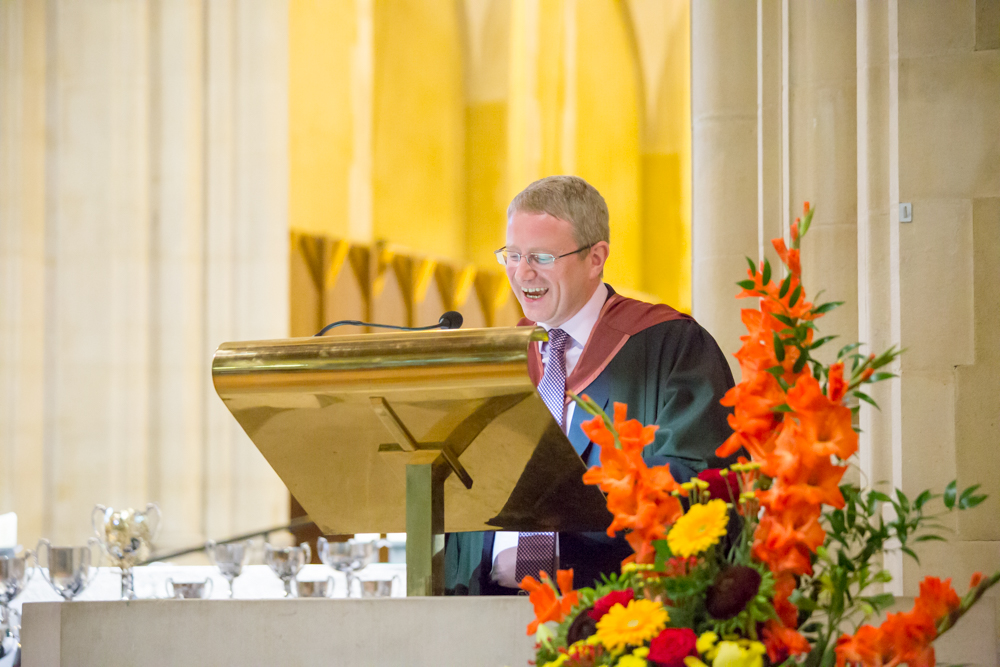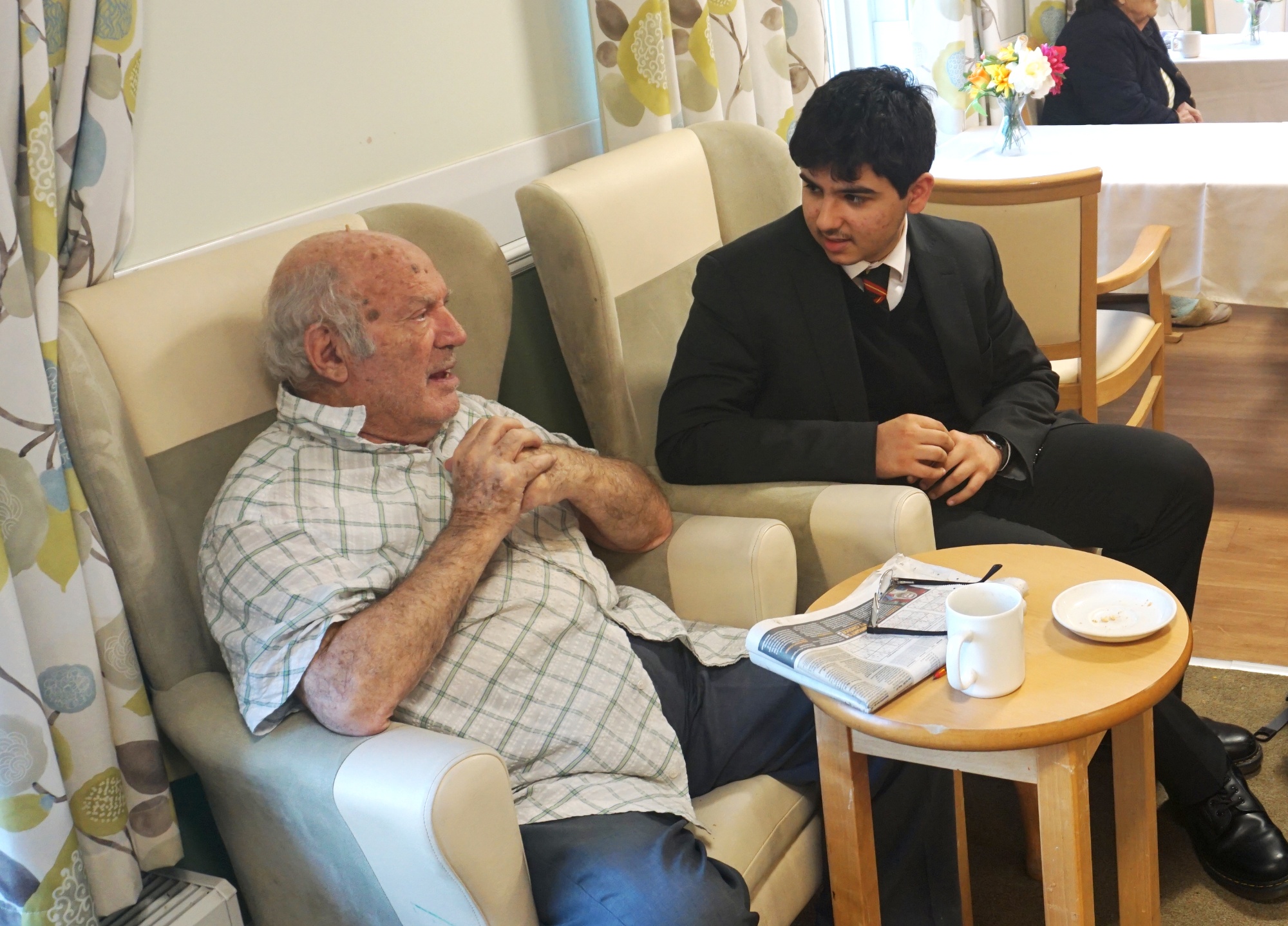Town or country? From Lancashire to London

Andrew Johnson became Headmaster of St Benedict’s in September 2016. Here are his thoughts about the move to London from rural Stonyhurst College.

After 10 years as Headmaster of a rural, northern boarding school, I am now at the helm of a London day school.
The two schools could hardly be more different: one set in an area of Outstanding Natural Beauty and housed in heritage buildings; the other in John Betjeman’s ‘Queen of the Suburbs’, with its Edwardian dignity, fine Benedictine Abbey, and impending Crossrail connection.
An obvious advantage for any London day school is that museums, galleries and many other wonderful resources are on our doorstep, bringing learning to life. Inspirational visiting speakers are easy to attract to St Benedict’s, since many live in the capital. (Six authors recently attended our Book Week.) If there’s an open lecture at the London School of Economics, or the British Library is running research workshops, we can easily attend. Alumni regularly drop in too, to talk about their career paths and to offer work experience placements: many of them attended our Careers Fair in November, to the benefit of our current pupils. City day schools benefit from a high degree of connectivity. What we may lack in rolling acres of green space, we make up for in stimulating events and opportunities.

Day schools certainly move at a pace, and Carpe diem is in their DNA. An excellent production of A Midsummer Night’s Dream, for example, came together in just 6 weeks. The days are brisk, focused and full, beginning for some at 7.45am, and ending at any time between 4pm and 7pm. All the elements for personal development - sport, drama, music, CCF, Duke of Edinburgh’s awards, debating, etc - are just as strong in a day school; the difference is that they have to be condensed into the working week. Where time-rich boarding schools sometimes try to fill the hours, day schools puzzle over how to fit everything in.

Boarding school life can be a bit like life on an oil-rig: intensely communal, and totally immersed in the term’s activity. While rural boarding schools are relatively undistracted by ‘civilian’ life, pupils and teachers of a London day school are only too well acquainted with it. That means we have a particular responsibility to teach pupils to engage safely with the real world, giving straight-forward information and advice about the negative influences they may encounter. Being armed with this awareness will serve them well - now, at university and beyond.
More positively, day schools can enjoy strong connections with their local communities, through voluntary service, for example, in residential homes and primary schools, or supporting local charities. Boarding schools do this too, of course, but it’s more of a logistical challenge from a rural location.

London day schools reflect the hugely rich and diverse demographic of the city, rather than being hermetically-sealed, rarefied or remote. It’s interesting that both my former, boarding school and St Benedict’s each have pupils who are of 33 different nationalities. The difference is that, at St Benedict’s, they don’t fly in for the term; they live here, and belong to the same society. London’s cosmopolitan and multi-cultural environment is a positive feature of school-life.
Some children thrive on the immersive education offered by boarding schools. Others need to return to their home at the end of a busy day, in order to reflect on the day’s experiences, and to have the space and calm to be themselves. It’s horses for courses, and everything depends on the child and family circumstances. I feel very fortunate to have had the opportunity to lead such contrasting, but equally excellent schools. Vive la différence!